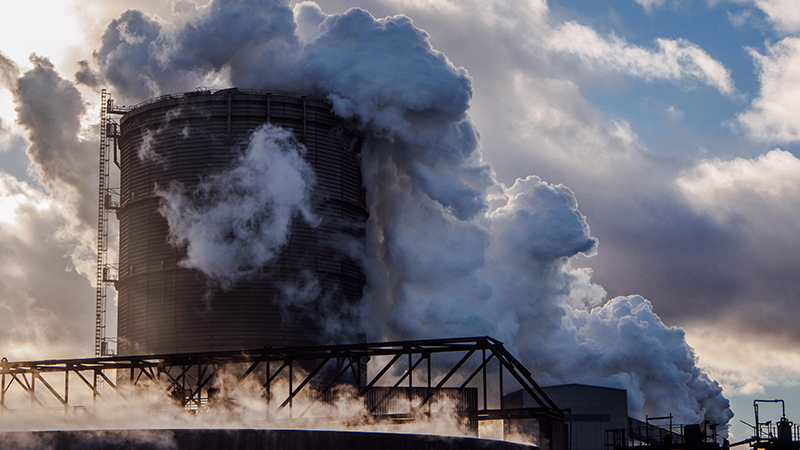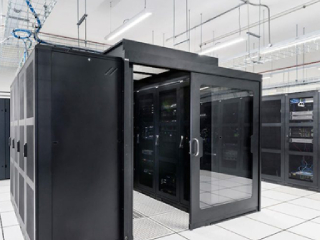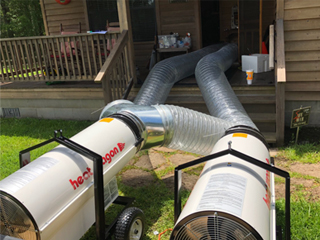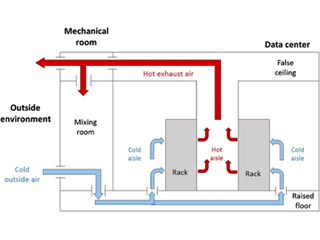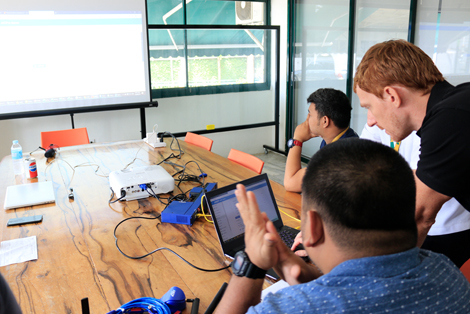Extending the life of electronics inside your data center will boost your bottom line, lowering maintenance costs and minimizing downtime. Equipment malfunctions commonly occur in sites where there are no airborne contamination protocols. Dealing with airborne contamination can be a cumbersome process. But with the proper knowledge and the right tools, it is worth the effort.
Data centers, from primary construction to modification phase are living, moving systems. Crucial structural updates and equipment overhauls can cause the invasion of contaminants. Not to mention the simple act of opening doors which allows them to invade the clean space. These pollutants can wreak havoc on electronic equipment. Pollutants allow metal contacts to rust. They also lessen operational efficacy to the point of malfunction. The common result of such mishaps is an expensive data center downtime.
You Can’t Avoid It
A lot of data center sites sit in populated areas with high levels of pollution. Located in industrial parks where next-door establishments expel pollutants. These pollutants can cause contamination to the data center. In these cases, dealing with airborne contamination becomes an even more essential operation.
Operators of data centers do their best to make their businesses environmentally sound. They also try to lessen their carbon footprint. Likewise, they put effort into research and harnessing cutting-edge technologies. These technologies will further these visions into reality.
The advent of “free-cooling” has been fundamental to this undertaking. Although it is common knowledge that outside air cooling exasperates contamination issues. Outdoor air exists to regulate environmental atmospheres inside the data center. The same truth holds when indirect outside air systems co-exist. This is particularly true because of the Building Regulations and Codes. These codes mandate that a minimal amount of outside air must always be present. Even data centers in sites where there is no issue with air quality must draw up solid guidelines. This shows that they can maintain air cleanliness throughout their operating life. This stratagem is better for the needs of electronic equipment.
Humidity Causes Corrosion
Sites, where the atmosphere is hot, should always be watchful for shifts in the level of humidity. This is particularly true in cases where fluctuations cause temperature differences. Fluctuating levels of humidity heighten the risk of corrosion. This happens when components soak up moisture and they end up on electronic gear.
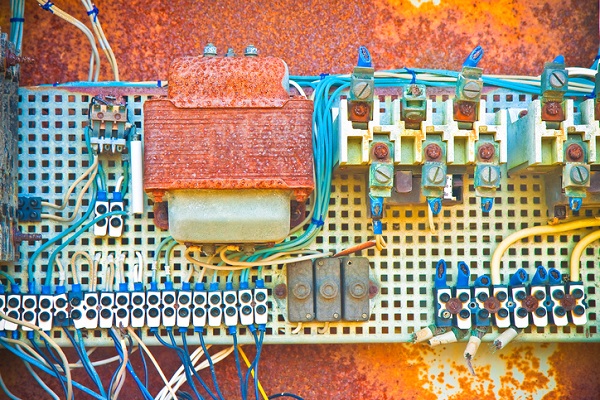
Photo Credit: thermal-edge.com
Manufacturers of equipment have known about this problem for almost a decade now. This has been true since the European Union put forth the ban on dangerous substances. This is called Restrictions on Hazardous Substances or RoHS. These guidelines for lead-free manufacturing became official policy in 2006. The implementation of these rules had unforeseen effects though. They brought about the use of non-lead alloys in solders. In contaminated atmospheres, these alloys are far more prone to corrosion.
Electronic and data communications equipment that follow RoHS regulations are at risk. This fact is especially true in places where ambient air is dirty. Data centers in downtown areas have more malfunctions due to sulfur corrosion.
For the past ten years, ASHRAE Technical Committee 9.9 (TC9.9) for Mission Critical Facilities, Technology Spaces, and Electronic Equipment has set clear parameters for contamination levels. This pertains to gaseous and particulate contamination in data centers. These parameters comprise part of the update of the ISA Standard 71.04-2013. (Environmental Conditions for Process Measurement and Control Systems: Airborne Contaminants).
One of the problems in complying with RoHS rules has to do with components. This pertains to those that use immersion silver (ImAg) surface finish. They tend to corrode in atmospheres classified as having a high sulfur content. These are environments that clock around ISA Class G2 or higher. Now, manufacturers have established very clear working guidelines and contaminant classifications. They do this to ensure that their products meet their printed warrantees.
Contamination Control Planning
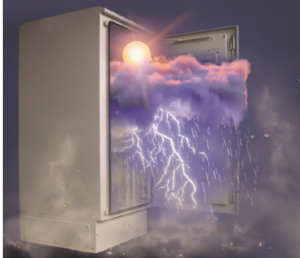
Photo credit: www.ashrae.org
Despite showing great strides forward, there remain questions about the accuracy of reporting. This is especially true with regards to emissions in the European Union. Only half of Europe made known their uncertainties in their emission reports in 2014.
This becomes clear in the data shown on motor vehicle exhaust in high concentrations. Their levels ratchet up to four times those of the test-cycle emissions. This data holds for both petrol and diesel-run engines. Pollutants from internal combustion vehicles add contaminants in data center environments. Dealing with airborne contamination requires vigilant monitoring to make it effective. AKCP provides world-class data center environmental monitoring systems. Their top-of-the-line products set the benchmark for excellence and durability.
In these conditions, data center owners need to enhance their environment contamination plans. These measures are necessary so they can grasp the peril to their capital investment. These must incorporate wall site planning, and they should include:
- Quantifying the outdoor air and indoor atmosphere. One must be on the lookout for the possibility of corrosion. ISA Standard 71.04-2013 must be used to generate site-specific data. This is with regards to levels of gaseous contaminants within the corrosion matrix. A primary scan should then be set in place. Copper and silver corrosion classification coupons must be used. These will set the measurement standards for total corrosion. This process will also pinpoint specific corrosive elements in the air. The data can then be utilized to draw up a contamination control plan. This, in turn, will identify if cleaning is necessary. And if so, what type of air cleaning is needed to remove the danger to delicate electronic equipment.
- We need to comprehend the types of chemical contaminants in the indoor environment. Only then can we tackle the task of choosing the correct chemical filtration system. This system will scrub both incoming and recycled air. It is important to note that both types of air are used for ventilation and pressurization.
- Environmental monitoring in real-time measures contamination based on ISA Standard 71.04. It analyses can be computed with a formula called “reactivity monitoring”. This calls for the monitoring of the rate of copper and silver corrosion. This is done by utilizing specifically designed copper and silver sensors. These sensors correspond to ISA levels for the dependability of the equipment. The utilization of silver reactivity analysis is a factor in the evaluation process. It is necessary to produce a record of the corrosive chemicals inside a data center. This generates information that will let owners decide on the perfect filtration solution. These processes make dealing with airborne contamination a taxing intellectual exercise.
- Atmospheric corrosion monitors give data on the behavior of the chemical filtration systems. They must stand correctly within the data center. They also allow the quality of the internal air to be regulated. This method safeguards the delicate electronic gear.
ASHRAE has set up parameters to help data center owners with contamination remedies. All these remedies follow equipment warranty regulations.
Contamination Guidelines for Data Centers
Data centers should observe strict cleanliness guidelines up to ISO 14644-1 Class 8. This level is reached by adhering to the prescribed filtration plans listed below:
- 1. The room should be constantly filtered with MERV 8 filters (GF/F5, 25-30% dust spot).
- 2. Air introduced to a data center may be filtered with MERV 11(F6, 60-65% dust spot) or MERV 13 (F7, 80-90% dust spot filters).
The origins of dust within data centers must lessen. All steps should come into play when filtering out dust that contains damp humidity. Especially those with greater than the largest prescribed parameters within the data center.
Gas contamination must fall within the ISA-71.04-2013 of G1-mild that adheres to:
- 1. A copper reactivity rate of less than 300Å (angstroms) per month and
- 2. A silver reactivity rate of less than 200Å (angstroms) per month
Use gas-phase filtration of the inlet air and the air within the data center. This is for data centers with more elevated gas contamination levels.
Corrosion Monitoring and Environmental Assessment
Our comprehension of the results of airborne contaminants deepened. As a consequence, the industry has responded by creating new systems and products. These products provide data center operators with precise, applicable, an
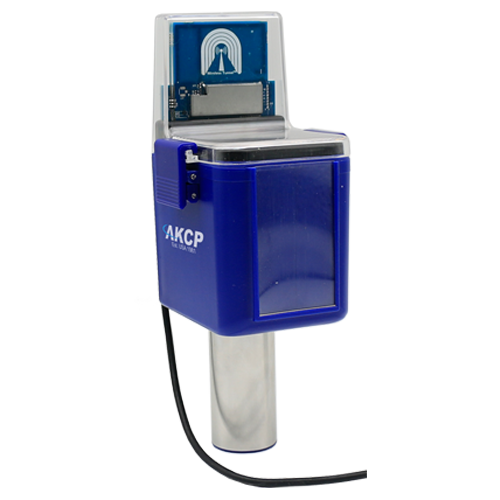
Wireless Tunnel™ Air Quality Sensor
d documentable information. They provide data on air quality monitoring within the data center site.
AKCP Wireless Air Quality Sensor
The sensor is able to measure the mass concentration of particles in the PM1.0 to PM10 range and particle number concentration in the PM0.5 to PM10 range. The typical particle size is also measured. This measurement is based on the average size of the current sample.
An air particle sensor is utilized during indoor air quality (IAQ) assessments Data Centers. The specific type of particles is not detected, but it identifies the quantity or mass of airborne particles. These air particles could be sourced from:
– Exhaust smoke
– Airborne dust particles
– Pollen
Airborne contamination can be a health hazard, and result in sneezing, headaches, asthma, and so on. In addition, during many agricultural and industrial processes, airborne dust can be a serious hazard forming combustible dust clouds.
Conclusion
Dealing with airborne contamination in your data centers is an exercise in vigilance. It is also one of constant integration of new technologies and data. The high cost of ignoring these methods is a technical malfunction. Another consequence is longer downtime, leading to poor service and ruined reputations. Also, the financial losses will have a snowball effect on each other. We have given suggestions on how to go about monitoring contamination in your sites. We pray you put this knowledge to good use. We hope this article was both helpful and informative.
References Links:
https://en.wikipedia.org/wiki/Restriction_of_Hazardous_Substances_Directive
https://www.airepure.com.au/products/corrosion-monitors/
https://www.purafil.com/wp-content/uploads/2014/12/ISA_Standard_71.04_Changes_Approved.pdf
https://en.wikipedia.org/wiki/ASHRAE

